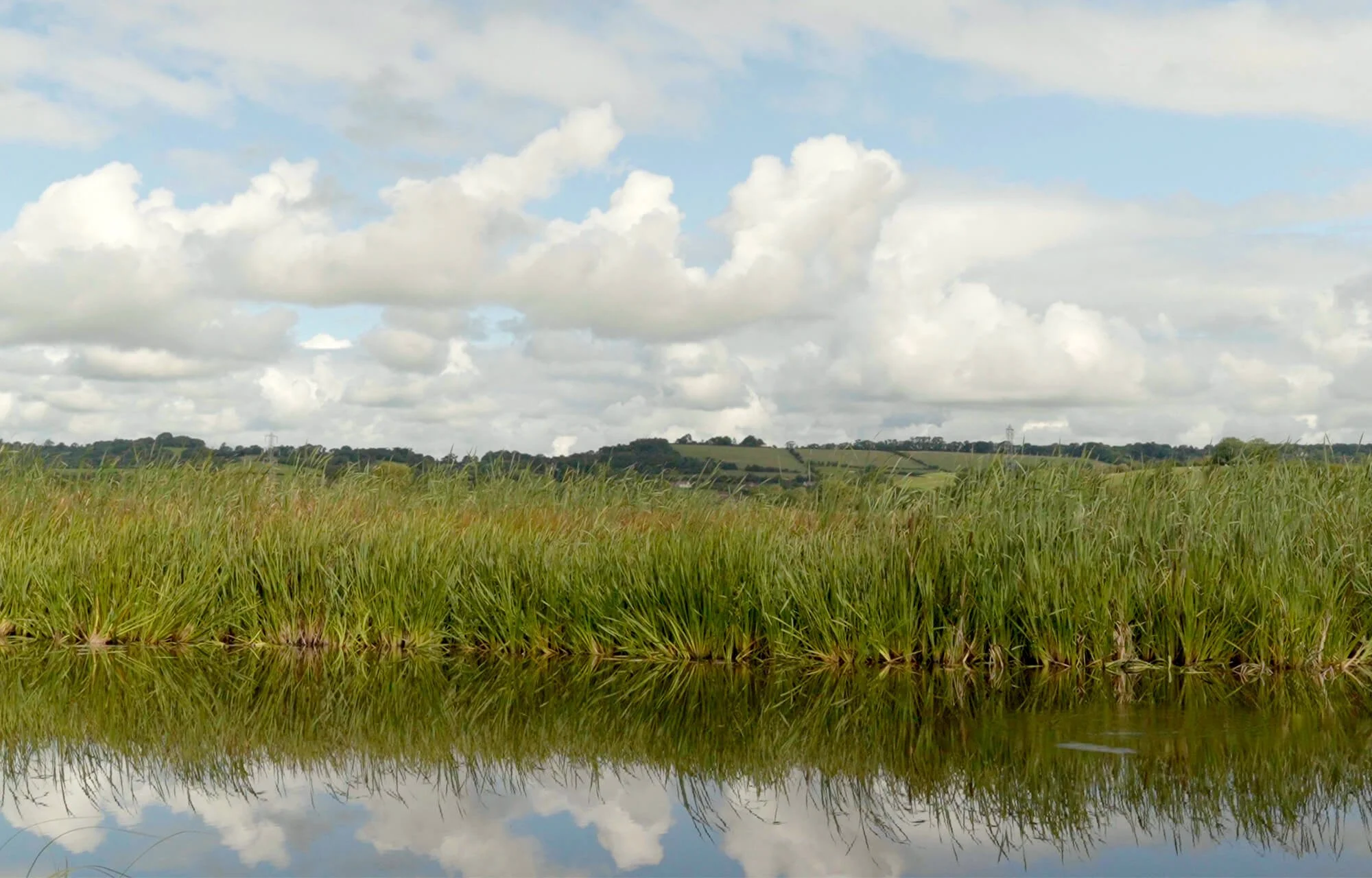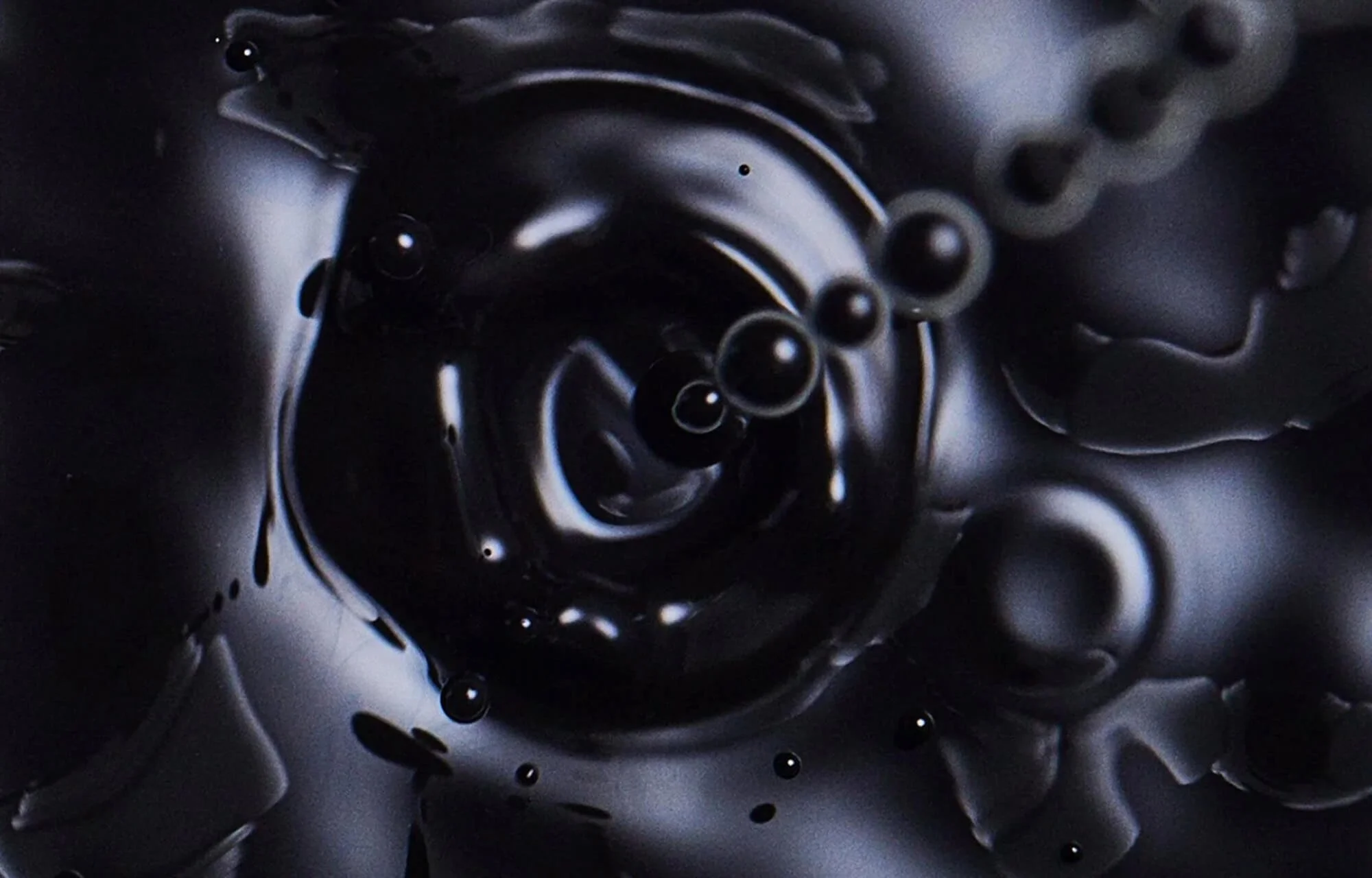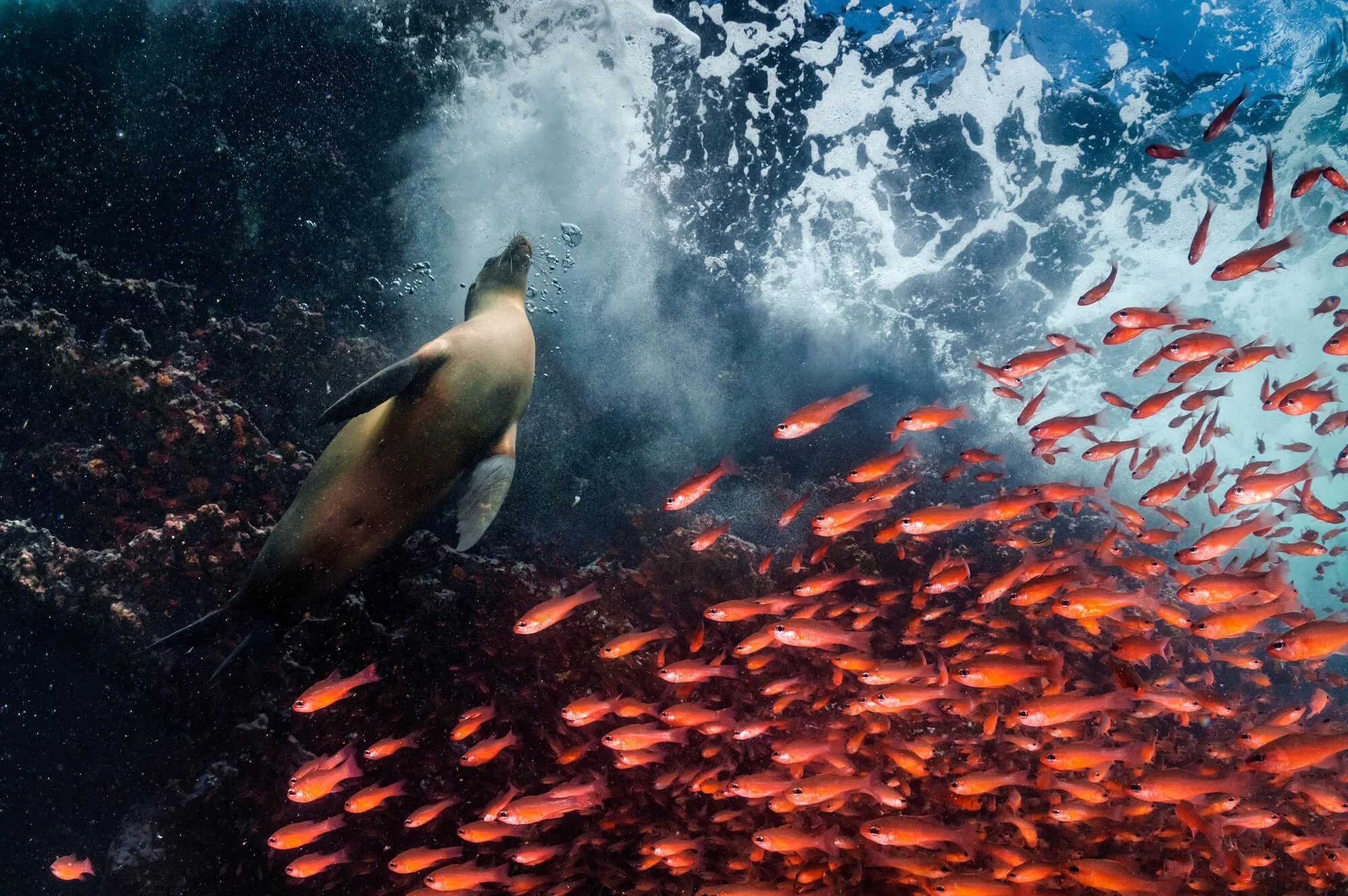Jan Erik Waider captures the majesty and loneliness of our planet’s Northern latitudes
@northlandscapes is an archive of raw beauty and the art and design that water can produce organically in hostile conditions
In early 2024, “thalassophobia” took off as a TikTok trend. It consisted of people posting videos of the North Sea – widely considered one of the world’s most dangerous areas of ocean on account of its choppiness – and remarking on how terrified just looking at the footage made them feel, usually set to “Hoist The Colours”, a deep bass, baritone sea shanty from Pirates of the Caribbean.
“Thalassophobia” is the fear of deep bodies of water, which I’d say most of us (wisely) feel to some extent and although it’s hard to predict what’s going to go viral on TikTok, it’s easy to see why videos taken on enormous cargo ships bobbing up and down on gigantic waves with the horizon obscured by fog inspire a sense of unease.
Jan Erik Waider (otherwise known as @northlandscapes on Instagram) sees it slightly differently. “I understand why vast, open and deep landscapes can evoke fear in some people,” he says. “For me, these places are not frightening but rather meditative.” Waider is a fine art photographer and artist who lives in Hamburg, but over the past decade has spent around 30 months travelling through the ice-covered wilderness of Norway and Iceland, documenting our planet’s Northern landscapes mostly in total solitude. His work zeroes in on the naturally occurring patterns of glacial landscapes, the art and design that water can produce organically in hostile conditions. His photographs often look like abstract paintings, a collection of jagged tessellations with a consistent visual language. His work looks at once ancient and futuristic or otherworldly, but this is a view of our planet, right now.
After coming across his stunning work on Instagram, we had to find out more. So, we caught up with him to find out more about his life spent deep in Northern European tundras, how these landscapes are changing and why that makes his work so urgent.
Abstract Remnants of Winter — Lake Ståvatn, Norway
Q & A
I'd like to start by talking about how "Northlandscapes" began - what was it that drew you to these remote, beautiful, sometimes eerie landscapes?
I have always been fascinated by the northern latitudes — their untouched beauty, dramatic weather conditions, and solitude. My photography is a visual expression of my deep connection with nature. The silence, the light, and the constantly shifting landscapes inspire me, and I see my images as a kind of visual diary of my travels.
You're based in Hamburg but do you spend the majority of your time away from home, documenting the North?
Yes, I spend a significant amount of time traveling in northern regions like Iceland and Norway. Over the past ten years, I’ve spent a total of approximately 30 months on extensive trips in these areas, allowing me to develop an in-depth understanding of the landscapes, weather, and light conditions. Slow travel is essential to my work — I prefer immersing myself in a location rather than rushing from one place to another.
Your photography is stunning, and you refer to your images as "fine art landscapes." Is fine art something that you studied? How do you see that element being incorporated into your work?
Over the years, my work has become more abstract, focusing on aesthetics, composition, and a balanced — often monochrome — color palette. I feel better with the term “fine art photography” since it opens up the artistic freedom to be a little more personal and subjective with the editing. It allows me to shape the final image in a way that conveys not just the visual, but also the emotion and atmosphere of the moment I experienced.
You mainly focus on water and ice — what is it about these elements that you find compelling?
Water and ice are central themes in my portfolio because they are constantly changing and transforming the landscape. From the deep blues of glacial ice to the reflective surfaces of frozen lakes, their interaction with light creates stunning visual effects. These elements are both powerful and fragile, and I find their fleeting nature fascinating to capture.
What makes them particularly compelling is their uniqueness—no two formations of ice or water patterns are ever the same. A glacier can shift overnight, a frozen lake can crack in unexpected ways, and melting ice can reveal intricate textures that exist only for a short time. This impermanence adds a sense of urgency to my work, as each photograph captures a moment that may never be seen again.
As I understand it, you travel solo on these expeditions into the Northern latitudes and the Arctic Circle. As well as developing your skills as a photographer, does this also require training to work in these conditions, along with mental fortitude to spend a long time alone in the wilderness?
Traveling alone in remote and extreme environments requires not only technical photography skills but also resilience and adaptability. You need to be comfortable with solitude and self-reliance, as well as prepared for unpredictable weather conditions. Over the years, I have developed a deep understanding of light and weather in these regions, which helps me make the most of my time in the field.
Ghostly Waves — Alaska, USA
Blue Cosmos — Iceland
Ice Bubbles — Iceland
In a Sea of Light and Ice (Part 2) — Antarctica & Iceland
“I’ve stood on barren moraines where, just a few years ago, there was a massive ice cave. These landscapes are disappearing at an alarming rate.”
Jan Erik Waider
You say that you often return to the same places and develop a deep understanding of the locations in which you shoot. Have you noticed these places change in any way over the time that you've been working in?
Yes, especially in glacier landscapes. The rapid retreat of glaciers is visually striking and deeply concerning. I’ve stood on barren moraines where, just a few years ago, there was a massive ice cave. These landscapes are disappearing at an alarming rate, and documenting these changes has become an important part of my work.
If you could pick a favorite location that you've shot in, which one is it and why?
Iceland is one of my favorite places because of its incredible diversity of landscapes within a relatively compact area. It offers endless visual opportunities, particularly for abstract photography. I could spend a lifetime exploring and still discover new perspectives and patterns. One place where this change is particularly evident is Jökulsárlón in Iceland. It’s one of my absolute favorite locations, a stunning glacial lagoon filled with drifting icebergs. Over the years, I’ve seen how the retreating Breiðamerkurjökull glacier has altered the lagoon’s shape and size. It’s a place of breathtaking beauty but also a stark reminder of how quickly our planet is changing.
Glacier River Blues — Iceland
“I understand why vast, open, and deep landscapes can evoke fear in some people. For me, these places are not frightening but rather meditative.”
Jan Erik Waider
Is there something in your photography career that you haven't done yet that you'd like to achieve? That could be a place you want to visit, or an organization you'd like to work with.
I would love to explore Antarctica more extensively, particularly the Weddell Sea. I had the opportunity to sail to Antarctica once onboard the sailing ship Bark Europa, and it was an unforgettable experience. Returning with a specific focus on capturing the ice and extreme conditions in even greater detail would be a dream project.
Did you see the social media trend last year about the North Sea and thalassophobia? Is this something that rings true in your experience? Do you ever find these giant landscapes unnerving?
I understand why vast, open, and deep landscapes can evoke fear in some people. For me, these places are not frightening but rather meditative. The emptiness and isolation allow me to connect with nature in a profound way. However, I do respect the raw power of these landscapes — whether it’s a turbulent ocean or a massive glacier, nature always reminds us of our smallness.
The future of the places that you're documenting is uncertain due to climate change. Iceland's glaciers are receding significantly. Is this something that you think about while you work, and is it something that you feel lends importance to your photography, to document these places while they're still here?
Yes, climate change is an ever-present reality in my work. The landscapes I photograph are changing rapidly, and some may not exist in the same form in the coming decades. This gives my work a sense of urgency — not just to document these places but to create images that convey their beauty and fragility. I don’t want my work to be overly political, but rather to inspire people on a more personal level. I believe that true motivation to protect these places comes from an intrinsic connection to nature. By showing the raw beauty of these landscapes, I hope to awaken that sense of appreciation and responsibility in others, encouraging them to see these environments not just as distant places but as something worth protecting.
A Colorful Flow No.2, Almost like Amber — Iceland
Swamplands — Alaska, USA























